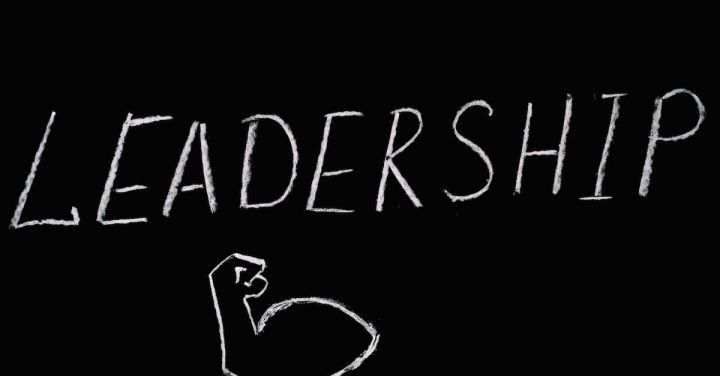Leadership plays a crucial role in the success of any business. The style of leadership adopted by a business leader can have a significant impact on the organization’s culture, employee morale, and overall performance. Different leadership styles have different effects on the business, and understanding these styles can help leaders make better decisions and achieve their goals more effectively.
1. Autocratic Leadership:
Autocratic leadership is characterized by a leader who has complete control and authority over decision-making. In this style, the leader makes decisions without consulting the team or considering their input. While this style can be effective in situations where quick decisions are required, it can often lead to low employee morale and limited creativity. Employees may feel disempowered and undervalued, which can negatively impact their motivation and productivity.
2. Democratic Leadership:
Democratic leadership, on the other hand, involves the participation of the entire team in decision-making. The leader encourages open communication, solicits input from team members, and considers their opinions before making a decision. This style fosters a sense of inclusivity and collaboration, leading to higher employee engagement and job satisfaction. By involving team members in decision-making, democratic leaders can tap into the diverse perspectives and expertise of their team, leading to better outcomes.
3. Transformational Leadership:
Transformational leadership is characterized by a leader who inspires and motivates their team to achieve extraordinary results. These leaders are charismatic, visionary, and have the ability to inspire others to go beyond their own expectations. They create a shared vision and empower their team members to take ownership of their work. Transformational leaders build strong relationships with their employees, fostering loyalty and commitment. This leadership style can have a profound impact on business performance, driving innovation, and creating a positive organizational culture.
4. Laissez-Faire Leadership:
Laissez-faire leadership is a hands-off approach where the leader provides minimal guidance and allows employees to make decisions independently. While this style can promote autonomy and creativity, it can also lead to a lack of direction and accountability. Without proper guidance and support, employees may struggle to prioritize tasks and meet deadlines, resulting in decreased productivity and efficiency.
5. Transactional Leadership:
Transactional leadership focuses on setting clear expectations and rewarding or punishing employees based on their performance. Leaders who adopt this style emphasize the exchange of rewards and incentives for achieving specific goals. While transactional leadership can provide structure and clarity, it may also create a transactional relationship between leaders and employees, where employees are motivated solely by external rewards. This can limit creativity and intrinsic motivation, leading to a lack of innovation and long-term growth.
In conclusion, leadership styles have a significant impact on business performance and employee satisfaction. While each style has its strengths and weaknesses, the key is for leaders to adapt their style based on the situation and the needs of their team. By understanding the different leadership styles and their effects, leaders can create a positive work environment, motivate their team, and drive success. Effective leadership is not a one-size-fits-all approach but requires flexibility and the ability to leverage different styles to achieve desired outcomes.



